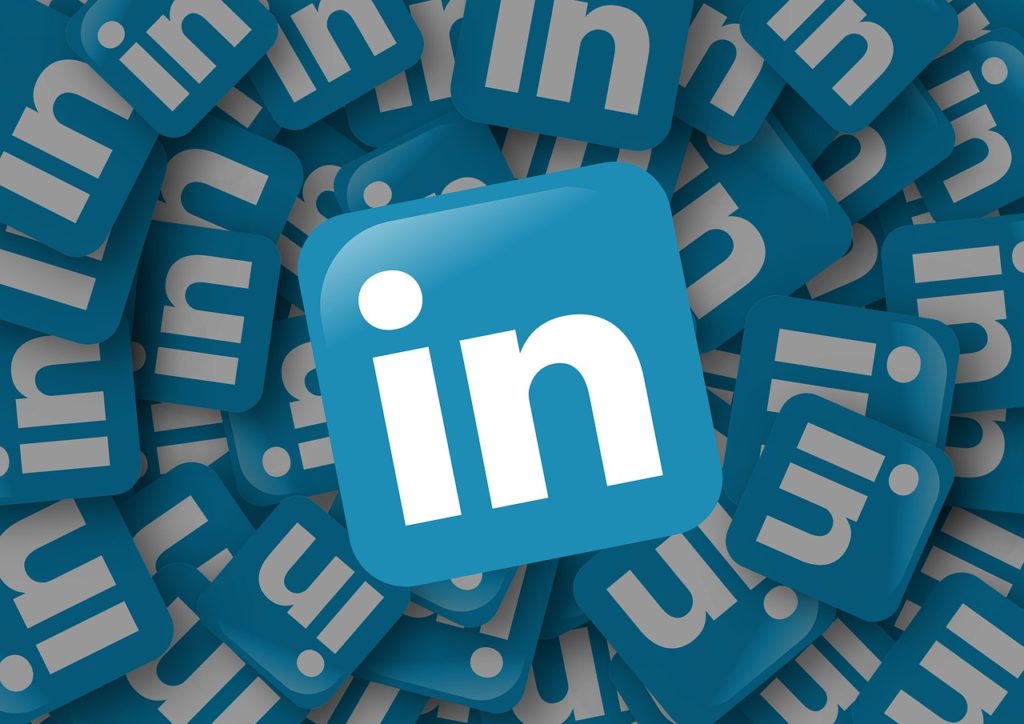LinkedIn is, hands down, the best platform for B2B marketers, but there’s so much more you can do with it than a standard company page. LinkedIn Groups is really where it’s at!
Not only can you leverage LinkedIn Groups to further establish your brand presence on LinkedIn, but it also provides ample opportunities to really interact and connect with your audience and have that two-way dialogue.
So let’s jump right in. Here are are the top things you need to know when starting a LinkedIn Group.
1. Create group rules
Develop group rules so it’s clear what the expectations are for the group including who the group is for, what purpose is serves, how posts are submitted/reviewed and any restrictions on the content members can post.
2. Assign post permissions
You have two choices for posting permissions — “Requires Moderation” where the group manager must approve before it is publicly posted or “Approved to Post” where any member can post in the group without any approval or foresight from the group manager. My opinion? Opt for “Requires Moderation.” This way, you can keep tabs on all the content and ensure it follows the group rules you established.
3. Leverage LinkedIn Announcements
LinkedIn allows group managers to send one announcement per week to members. Take advantage of this feature and use it as an opportunity to inform members of any new activity such as a webinar or event and to keep your group on everyone’s radar.
4. Standard vs. Unlisted LinkedIn Groups?
There are two types of Groups you can have on LinkedIn now —Standard and Unlisted. Standard Groups have some real advantages that Unlisted Groups do not (i.e., searchable via LinkedIn Search and Google), but the downside of having a Standard Group is that any member can invite any of their 1st degree connections to join. To learn more, view a complete breakdown of the key differences here.
Next month, I’ll share tips to grow your audience and foster engagement in your LinkedIn Group so stay tuned!

